Chicago Cold Hardy Fig Tree – 6 Pack Of 1 Gallon Pots
$169.97 Original price was: $169.97.$99.99Current price is: $99.99.
SKU: D2LSC 0322511930 Categories: FRUIT TREES & PLANTS, PLANTS & TREES
- Shop with ease, buy with confidence.
- Safe and Secure Payments, Always
- Prompt service, every time.
- Fast, friendly, always here to help.

Chicago Cold Hardy Fig Tree
Ficus carica ‘Chicago Cold Hardy’
NOTE: As with all of our other plants and trees, all of our fruit plants are grown in containers outdoors so they are fully rooted and landscape-ready upon arrival.
Plant Details
USDA Plant Hardiness Zones: 5a-11 Find Your Zone
Chilling Hours: 100 Learn more here
Ripens: Early season
Pollinator: None required
Plant Type: Deciduous Fruit Tree
Height at Maturity: 15-20′
Width at Maturity: 15-20′
Growth Habit / Form: Broad, Rounded, Upright
Growth Rate: Fast to Very Fast
Flower Color: Green, insignificant
Foliage Color: Deep Green
Fruit Color: Purplish-brown
Fruit Size: Medium – bell-shaped
Fruit Taste: Very sweet, excellent flavor!
Fruit Size: Medium – bell-shaped
Fruit Taste: Very sweet, excellent flavor!
Soluble Sugar: 11-12%
Ripening Period: Summer, a second fall crop in warmer climates
Sun Needs: Full Sun to Part Shade
Water Needs: Average
Soil Type: Clay, Loam, Silt, Sand
Soil Moisture / Drainage: Well Drained Moist
Soil pH: 6.0 – 6.5
Maintenance / Care: Low
Description
‘Chicago Cold Hardy’ is the most cold hardy fig on earth – hardy in USDA Zones 5 thru 10! Chicago Cold Hardy is self-pollinating and exceptionally easy to grow. The plant produces high-yields of delicious, medium size fruit, and is heat and drought tolerant when established. In colder climates the plant will die back and resume growth in spring. The sweet, purple fruits ripen and are ready to harvest in mid summer and continue through late fall. If you’ve tried other figs unsuccessfully the Chicago Hardy might just be the one you’ll have success with!
NOTE: In USDA Zone 5 it would be a good idea to provide some winter protection for your Chicago Cold Hardy Fig Tree. A heavy layer of mulch will help protect the roots during winter. Planting your tree on the east side of a home, or where it will be sheltered from north and western winds, will also help to provide protection during the cool season.
NOTE: As with all of our other plants and trees, all of our fruit plants are grown in containers outdoors so they are fully rooted and landscape-ready upon arrival.
Landscape & Garden Uses
Interested in edible landscaping? What could be more enjoyable and rewarding than installing a landscape you can eat? Fig trees are a fine specimens for use in the edible landscape. Their large and bold leaves provide a tropical effect in the landscape and you’ll be rewarded with loads of delicious figs! Chicago Cold Hardy Fig is ideal for use in the home orchard or as a specimen or warm season privacy hedge in landscape borders.
Growing Preferences
Fig trees will grow reasonably well in most soil types. They produce the best fruit in moderately to slightly acidic, moist but well-drained fertile soil that is rich in organic matter. In soil with low fertility it’ll be worth your time to mix in some organic compost to the native soil. They like the soil to hold a good supply of water, especially when the fruits are developing in summer, but not so much water that the soil stays constantly soggy or wet, which can be problematic. The best and most fruits will are produced when trees are growing in full sun. However, fig trees that receive a little shade during the hottest part of summer days will still produce good crops.
Helpful Articles
Click on a link below to find helpful advice from our experts on how to plant and care for fig trees.
How To Plant A Fig Tree
How To Fertilize & Water A Fig Tree
How To Prune A Fig Tree
What Are Chill Hours For Fruit Trees?
Plant Long & Prosper!
Meet The Wilson Brothers & Staff
Questions? Contact Us!
Be the first to review “Chicago Cold Hardy Fig Tree – 6 Pack Of 1 Gallon Pots” Cancel reply
Related products
Sale!
PLANTS & TREES
Sale!
FRAGRANT PLANTS
Sale!
PLANTS & TREES
Sale!
HEDGES & SCREENS
Sale!
FRUIT TREES & PLANTS
Sale!
Sale!
Sale!
PLANTS & TREES


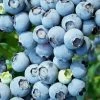
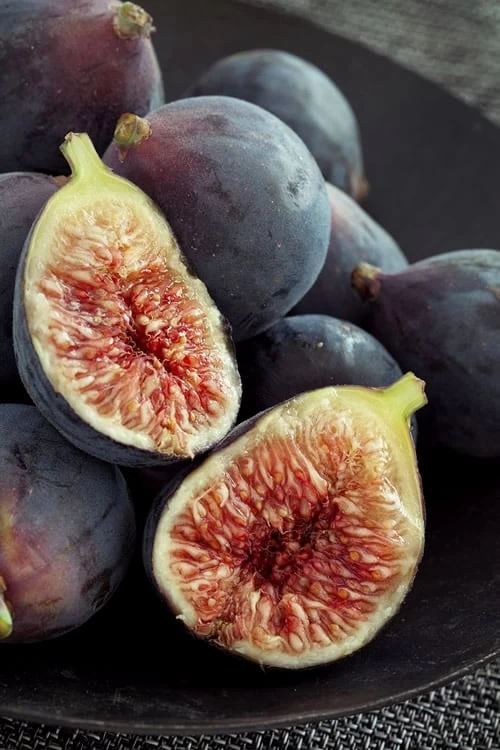

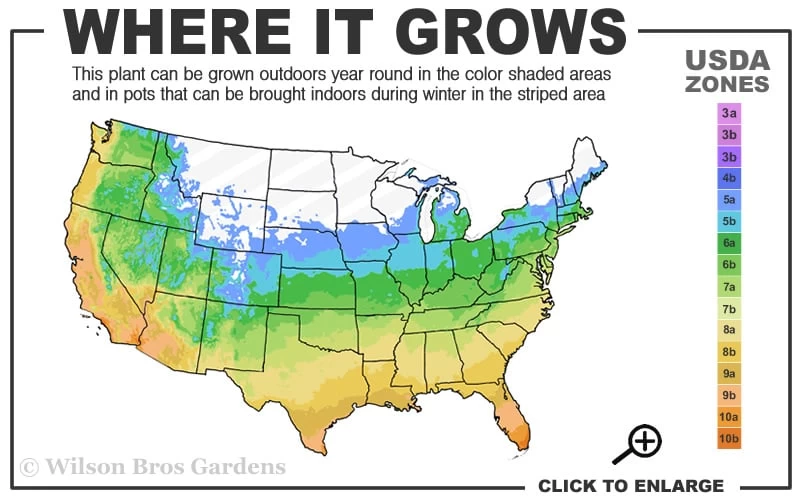


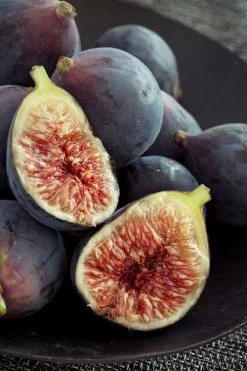
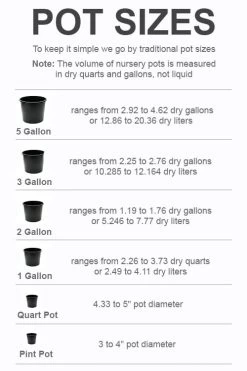

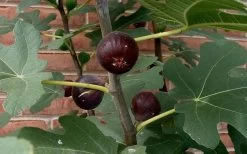
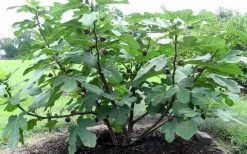
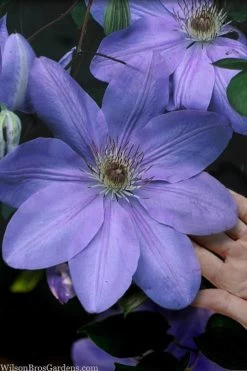

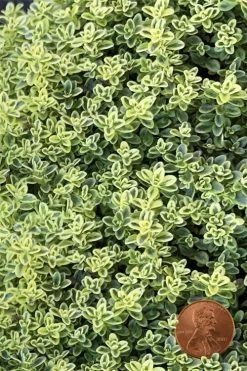
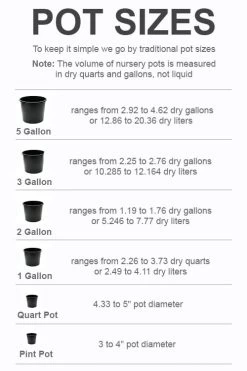
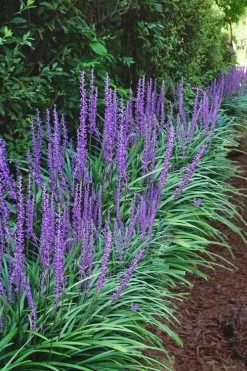
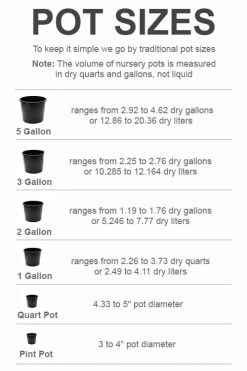
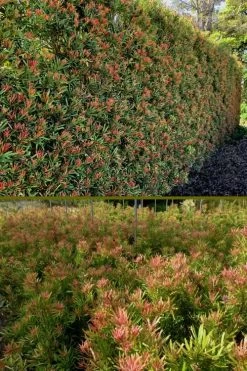
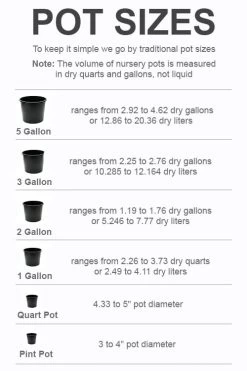
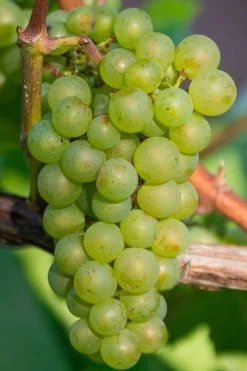
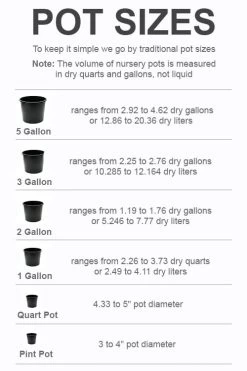


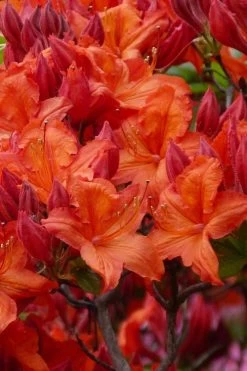


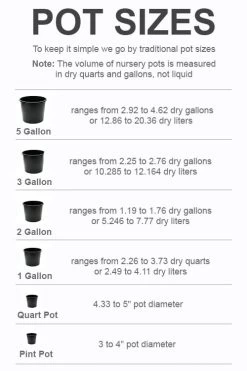
Reviews
There are no reviews yet.